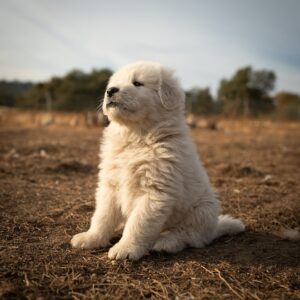Tracking wounded deer is a useful skill that your hunting canine companion can learn. Not only is it an excellent additional tool for your hunting expeditions, but it’s also extremely helpful for ethical hunting, ensuring that wounded animals aren’t left to suffer in the wild. This guide outlines the effective techniques you can employ to teach your dog this valuable skill.
Preparation: The Right Breed and Basic Training
Before starting the tracking wounded deer training, you must first consider if your dog belongs to the breeds known to do this task efficiently. Dogs with excellent smelling abilities like Bloodhounds, Bavarian Mountain Hounds or Labradors are a good fit for this job. Regardless of the breed, your dog should have completed basic obedience training, developing strong recall and follow commands.
Step 1: Familiarization with Deer Scent
Getting your dog accustomed to the scent of deer is the first significant step in the training process. Start by introducing your dog to deer parts like hooves, hair, or skin. Reward your dog for identifying and showing interest in the deer scent. This initial task helps dogs correlate deer scent to a positive reinforcement, making them keen to track the smell.
Step 2: Basic Tracking
After your dog becomes comfortable with the deer scent, the next step is to teach them basic tracking. For this, you can drag a piece of deer hide in your yard creating a scent path. Then, give your dog the command to track the scent. This process is repeated until your dog consistently follows the scent trail to the source.
Step 3: Introduce Blood Tracking
The next level of training involves introducing the smell of blood to your dog. However, this process must be done with care and responsibility, ensuring the sourced blood is disease-free. You can create a blood trail by soaking a piece of deer hide in the blood and dragging it across your yard. Repeat the same track and find commands, rewarding your dog when they successfully follow the blood-scented path.
Step 4: Complex Tracking
Once your dog has mastered simple tracks, it’s time to make the process more challenging to mimic real hunting situations. This includes creating age-old tracks, tracks with multiple twists and turns, and ones that cross water bodies. You can also introduce distraction scents to encourage selective tracking.
Step 5: Real Environment Rehearsal
After your dog consistently accomplishes complex tracking, expose them to the actual hunting environment. Take your dog into the woods and create similar training scenarios. Your dog needs to be proficient with working in various terrains, weather conditions, and dealing with different distractions present in the wild.
Final Thoughts
Patience, consistency, and positive reinforcement are critical during this training. Remember that the process may take weeks or even months, so do not rush. Ultimately, the goal of this training is to create a valuable and responsible hunting companion that can ensure ethical hunting practices. With diligent training, your dog will soon be proficient in tracking wounded deer, enhancing your hunting expeditions.

